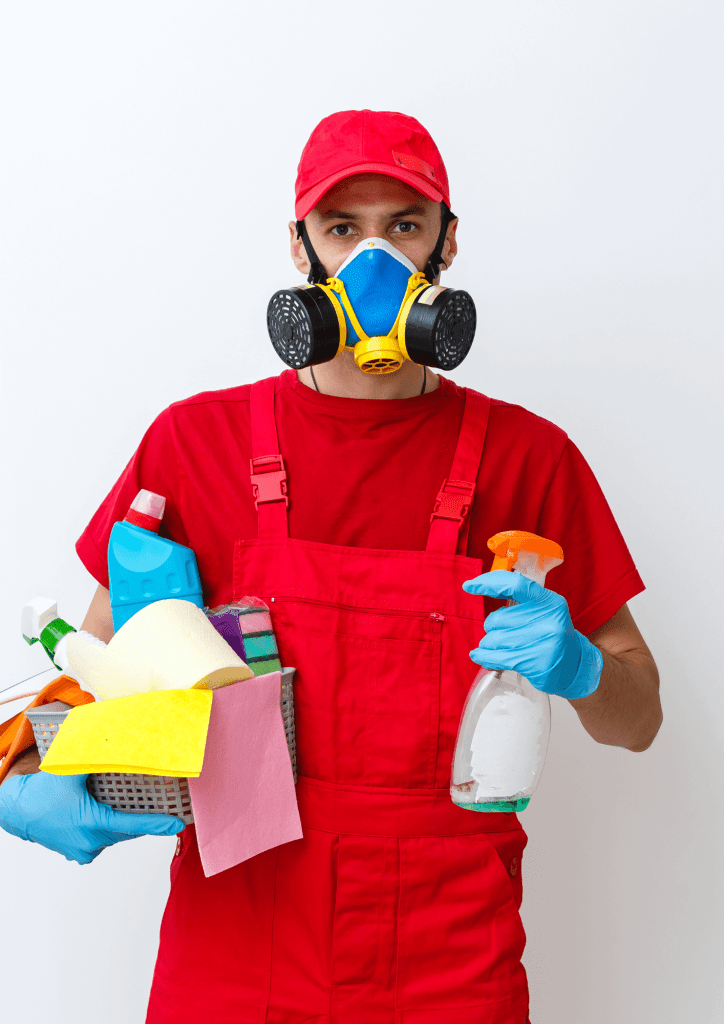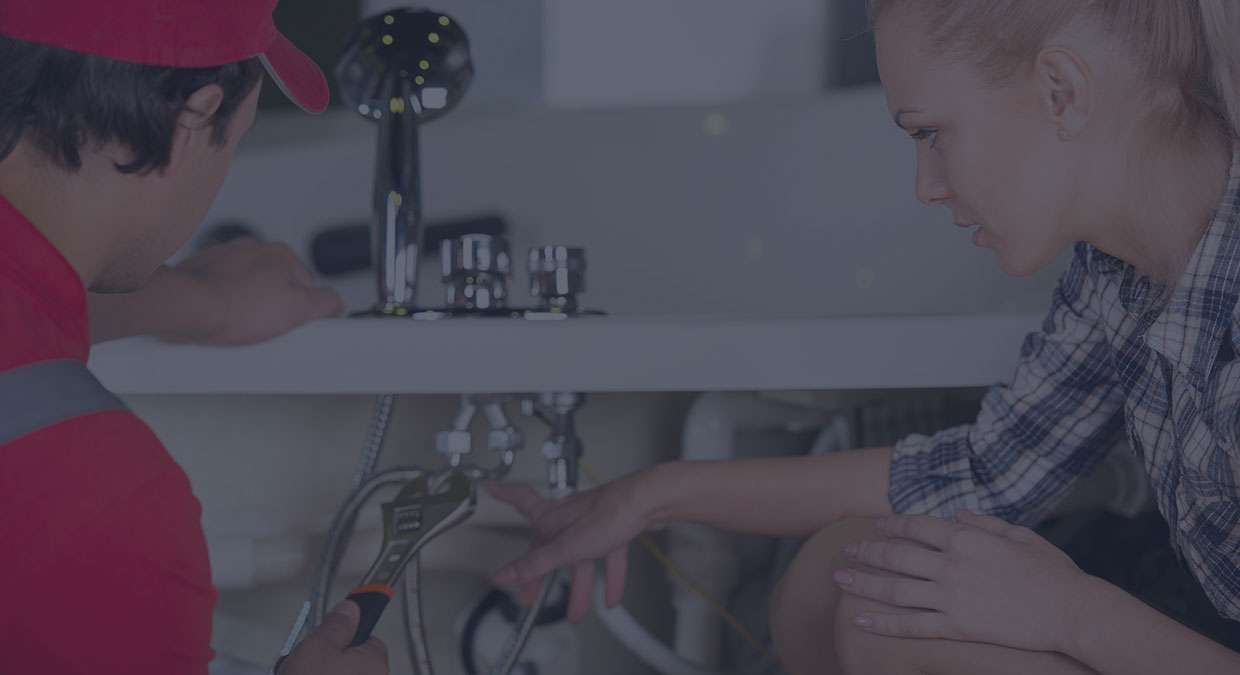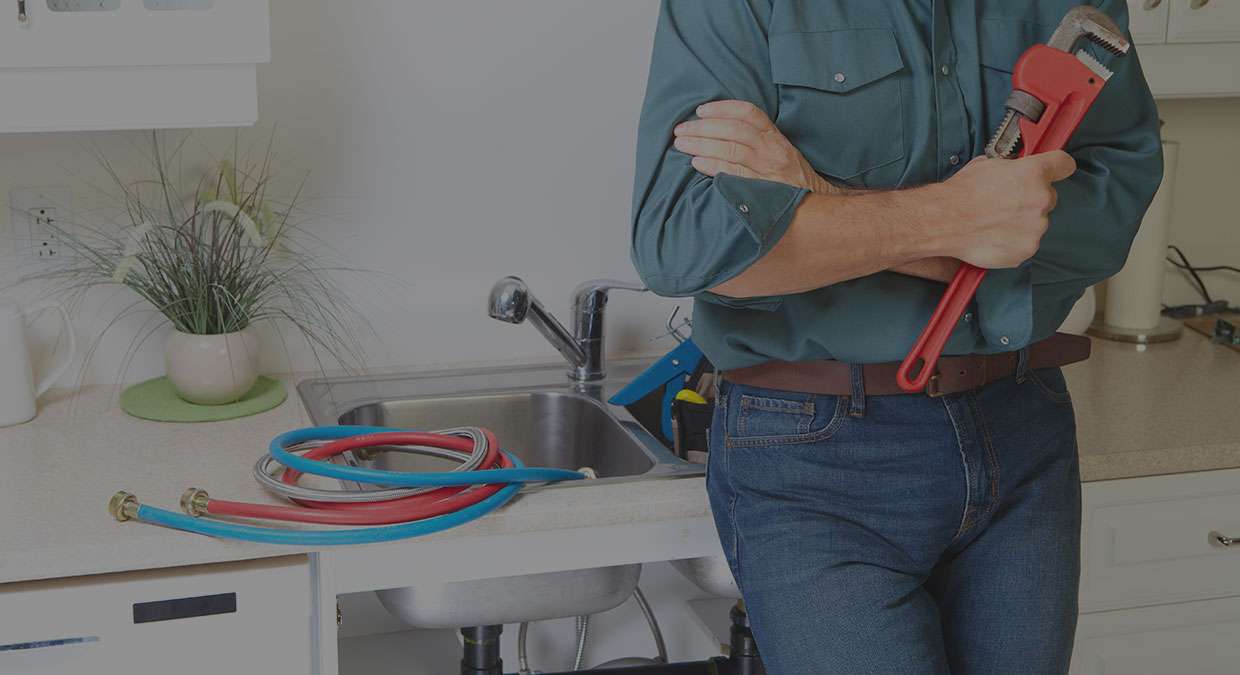Tom Reiter
Samantha Abeyta
Lisa Solis
Emilia Ramirez
Juan Correa
Request a Service Call Back

Types of Mold
- Stachybotrys chartarum (Black Mold)
- Aspergillus
- Cladosporium
- Penicillium
- Alternaria
Health Effects
- Respiratory Problems
- Allergies
- Asthma Aggravation
- Infections
- Toxic Mold
Signs of Mold Infestation
- Musty Odors
- Visible Mold
- Water Damage
- Health Symptoms
- Dampness and Humidity
Mold Testing and Inspection
- Professional Assessment
- Testing Methods
- Identification
- Assessment Reports
Mold Remediation Methods
- Containment
- HEPA Filtration
- Material Removal
- Cleaning
- Air Scrubbers
Equipment Used
- Air Scrubbers
- Dehumidifiers
- Moisture Meters
Safety Measures
- Personal Protective Equipment (PPE)
- Containment Barriers
- Ventilation
Preventive Measures
- Humidity Control
- Ventilation
- Regular Inspections
- EPA Guidelines
- Insurance and Mold Removal
- DIY vs. Professional Remediation
- Post-Remediation Testing
Our Mold Remediation Services
Mold can be a serious problem in any home or business. Not only can it cause property damage, but it can also pose health risks to those exposed to it. That’s why our team is dedicated to providing fast, thorough, and effective mold remediation services.
Comprehensive Mold Inspection
Before we start any remediation work, we’ll conduct a thorough inspection of your property to identify the source and extent of the mold problem. This allows us to develop a targeted remediation plan that addresses the root cause of the issue.
Advanced Mold Removal Techniques
We use state-of-the-art equipment and techniques to remove mold from your property. Our team is trained and certified to handle all types of mold, including black mold and other toxic strains.
Disinfection and Sanitization
Once the mold has been removed, we’ll thoroughly disinfect and sanitize the affected areas to ensure that there’s no chance of regrowth. We use eco-friendly and non-toxic cleaning products to protect your property and the environment.
Preventive Measures
In addition to removing existing mold, we can also take steps to prevent future growth. This may include sealing cracks and leaks, improving ventilation, and installing dehumidifiers to reduce moisture levels in your property.
Emergency Services
We understand that mold can be a time-sensitive issue. That’s why we offer 24/7 emergency services to help you deal with mold problems as soon as they arise. Our team is always on standby to provide fast and effective mold remediation services whenever you need them.
Mold Remediation
- Types of Mold:
- Stachybotrys chartarum (Black Mold): Black mold is a greenish-black fungus known for its potential health risks. It typically thrives in damp environments and is associated with respiratory problems, sinus congestion, and skin irritation. Explain its appearance and where it’s commonly found.
- Aspergillus: Aspergillus molds comprise various species, some of which can produce mycotoxins that pose health risks. Discuss the different types of Aspergillus and their effects, emphasizing the need for proper identification.
- Cladosporium: Cladosporium is a common outdoor mold that can also grow indoors. It’s often found on plants and decaying organic matter. Mention its appearance and potential health impacts, which can include allergies and respiratory issues.
- Penicillium: Penicillium molds are known for their distinctive blue or green appearance. They can grow on a variety of surfaces, including food. Explain where Penicillium is commonly found and its potential health effects, which can include allergies.
- Alternaria: Alternaria molds are common outdoor molds that can also grow indoors on damp surfaces. Discuss their appearance, habitats, and related health concerns, particularly their association with asthma symptoms.
- Health Effects:
- Respiratory Problems: Mold spores, when inhaled, can lead to respiratory issues such as coughing, wheezing, and throat irritation. Explain how mold spores can irritate the respiratory tract.
- Allergies: Mold allergies can manifest as symptoms like sneezing, runny nose, itchy eyes, and skin rashes. Discuss how mold spores can trigger allergic reactions in sensitive individuals.
- Asthma Aggravation: Mold exposure can worsen asthma symptoms, leading to increased coughing and difficulty breathing. Highlight the risk to individuals with asthma.
- Infections: Mold can cause fungal infections, particularly in people with weakened immune systems. Explain the risk of infections and the importance of prompt remediation in such cases.
- Toxic Mold: Certain molds, like Stachybotrys chartarum, can produce mycotoxins that are potentially toxic. Discuss the potential health risks associated with toxic molds.
- Signs of Mold Infestation:
- Musty Odors: Musty or earthy odors are often a telltale sign of hidden mold growth. Explain how these odors develop and why they should be investigated.
- Visible Mold: Describe the appearance of mold on different surfaces, including its texture and color variations (green, black, white, etc.). Emphasize the importance of not ignoring visible mold.
- Water Damage: Mold often thrives in damp or water-damaged areas. Discuss how water stains, leaks, and other signs of water damage can be indicative of a mold problem.
- Health Symptoms: Explain how occupants experiencing symptoms like allergies, coughing, or skin rashes may be living in a mold-infested environment.
- Dampness and Humidity: Detail how high indoor humidity levels can create favorable conditions for mold growth, especially in areas like basements and bathrooms.
- Mold Testing and Inspection:
- Professional Assessment: Stress the importance of having a trained mold remediation expert assess the extent of a mold problem. Mention the value of their experience and expertise.
- Testing Methods: Discuss the various methods used in mold testing, including air sampling, surface sampling, and bulk sampling. Explain when each method is appropriate.
- Identification: Describe how testing identifies the types of mold present and assesses the levels of mold spores in the indoor environment.
- Assessment Reports: Explain that inspection reports provide a detailed analysis of the mold issue, helping homeowners make informed decisions about remediation.
- Mold Remediation Methods:
- Provide an in-depth explanation of mold remediation methods, including:
- Containment: Describe how containment barriers prevent mold spores from spreading during removal.
- HEPA Filtration: Explain the use of High-Efficiency Particulate Air (HEPA) filtration systems.
- Material Removal: Detail the safe removal of mold-infested materials like drywall and insulation.
- Cleaning: Discuss the cleaning and disinfection process for non-porous surfaces.
- Air Scrubbers: Explain how air scrubbers improve air quality during remediation.
- Equipment Used:
- Describe the specialized equipment your team uses, including:
- Air Scrubbers: Explain how air scrubbers remove airborne mold spores.
- Dehumidifiers: Discuss the role of dehumidifiers in reducing moisture levels.
- Moisture Meters: Highlight the importance of measuring moisture levels in building materials.
- Safety Measures:
- Detail the safety precautions taken during mold remediation, including:
- Personal Protective Equipment (PPE): Describe the use of respirators, gloves, and suits.
- Containment Barriers: Explain how containment barriers protect the rest of the property.
- Ventilation: Mention the need for proper ventilation during remediation.
- Preventive Measures:
- Provide homeowners with actionable tips on preventing mold growth, including:
- Humidity Control: Explain how to maintain indoor humidity levels below 50%.
- Ventilation: Discuss the importance of good ventilation in preventing mold.
- Regular Inspections: Encourage regular inspections, especially in high-risk areas like basements.
- EPA Guidelines:
- Mention the Environmental Protection Agency (EPA) guidelines for mold remediation and how your services adhere to these standards.
- EPA’s “Mold Remediation in Schools and Commercial Buildings” guide: Explain how following these guidelines ensures a safe and effective remediation process.
- Insurance and Mold Removal:
- Explain how homeowners’ insurance may cover mold remediation in certain situations.
- Offer guidance on navigating insurance claims, including the importance of documenting the mold problem.
- DIY vs. Professional Remediation:
- Discuss the pros and cons of DIY mold removal versus hiring professionals.
- Emphasize the risks of improper DIY methods, including the potential for spore dispersion.
- Post-Remediation Testing:
- Describe the importance of post-remediation testing to ensure that the mold problem has been effectively resolved.
- Explain how it provides peace of mind to homeowners.
Frequently Asked Questions
What is mold and why is it a problem?
How do I know if I have mold in my home or business?
How does the mold remediation process work?
Is mold remediation covered by insurance?
How can I prevent mold from growing in my home or business?
How long does the mold remediation process take?

Highly Trained Team


